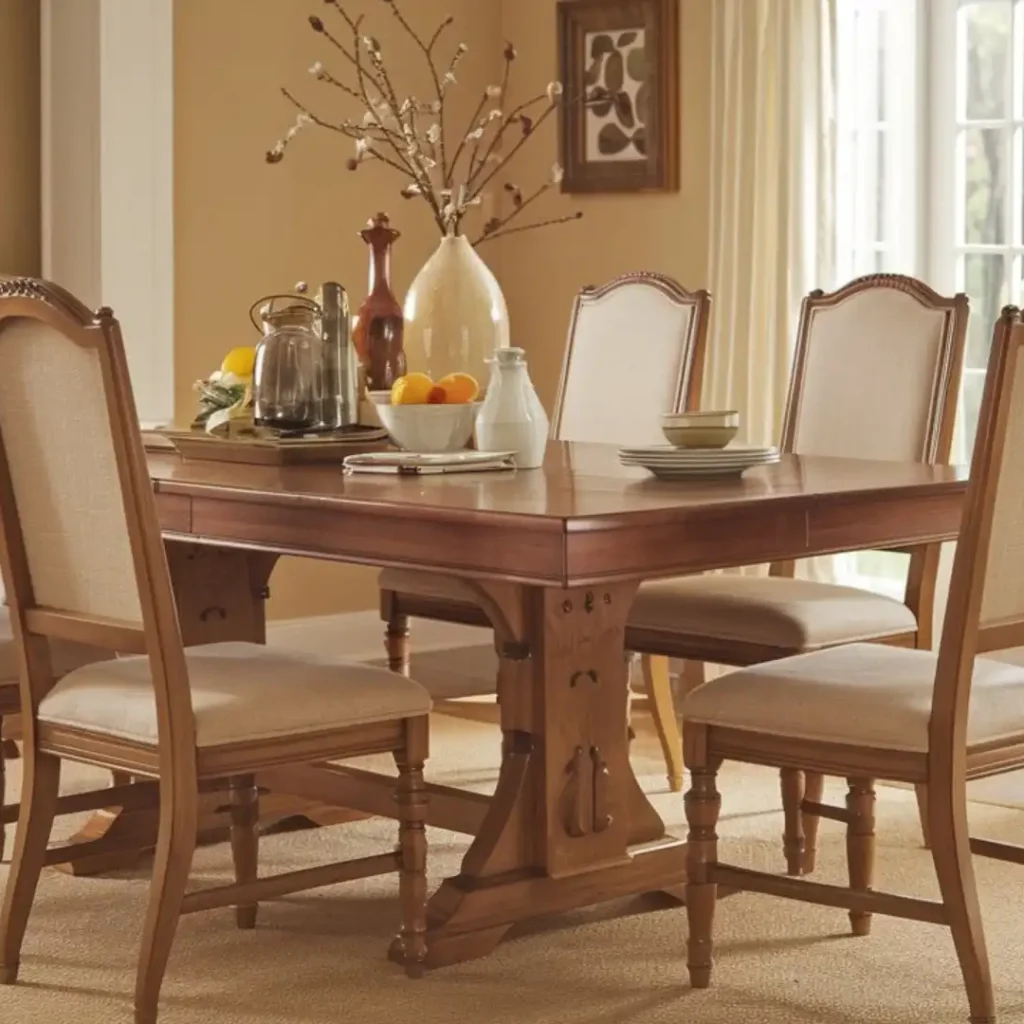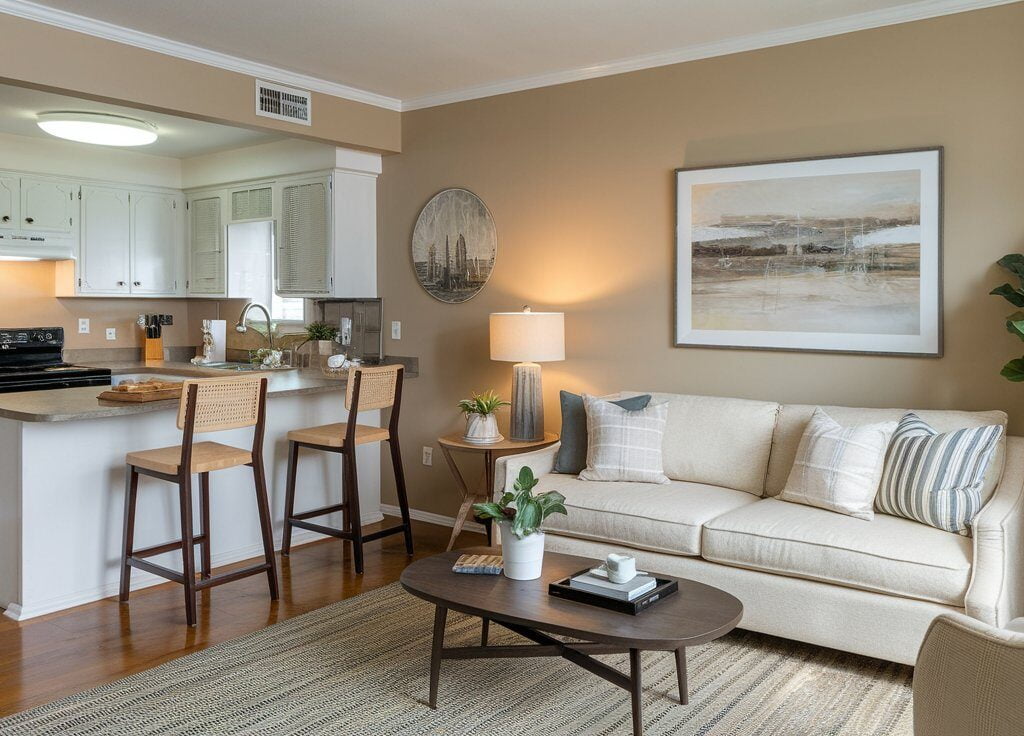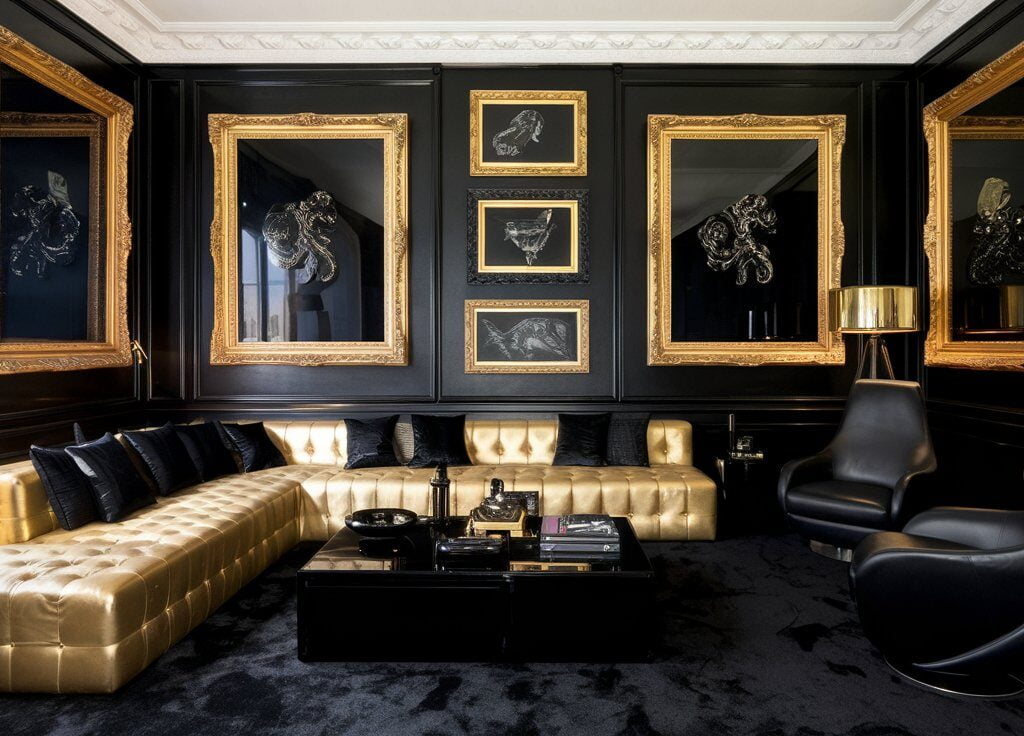When selecting the best wood for dining table, you’re investing in more than just a piece of furniture. A dining table is often at the heart of a home, where families share meals, have conversations, and create lasting memories. The right wood not only enhances the aesthetic of your dining space but also ensures durability and functionality. Choosing high-quality wood means that your table will stand the test of time, withstanding daily use while still looking beautiful. Whether you prefer a rustic charm or a sleek, modern design, understanding the characteristics of different woods will help you make an informed decision, leading to a long-lasting and stunning dining table.
1. Oak: The Durable Classic
Oak is widely considered one of the best wood for dining tables, and for good reason. Known for its incredible durability, oak can last for generations if properly cared for. It’s a hardwood that resists dents, scratches, and general wear, making it ideal for families with children or homes where the dining table is used frequently. Oak’s distinct grain patterns and its availability in both red and white varieties make it a versatile choice. Red oak has a more pronounced grain and a slightly reddish hue, while white oak offers a subtler, more uniform grain and a lighter color. Oak’s timeless appeal ensures it fits with both traditional and contemporary interiors.
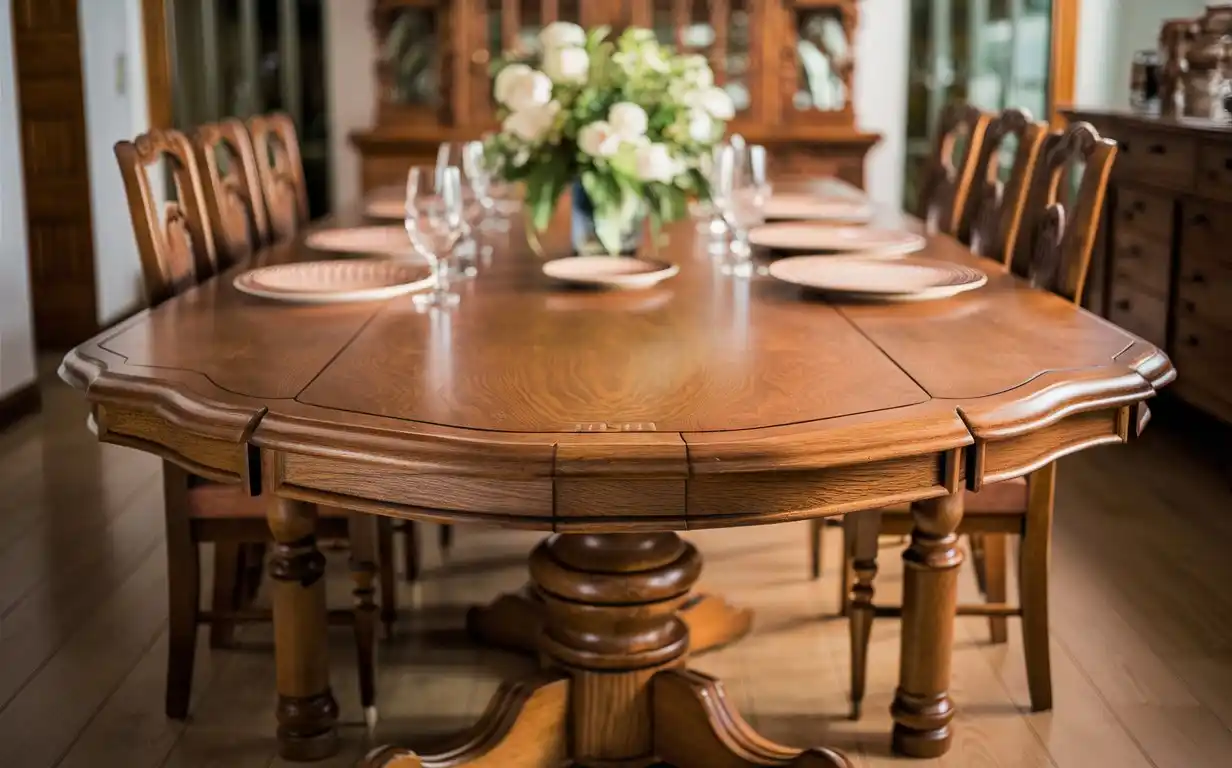
2. Walnut: Rich and Elegant
For those seeking a more luxurious option, walnut is often regarded as one of the best choices for dining tables. Its deep, rich brown color and fine grain patterns make it a striking centerpiece in any dining room. Walnut is a hardwood, meaning it’s durable and able to resist damage from daily use, though it’s slightly softer than oak. This wood tends to darken over time, developing a rich patina that adds character as it ages. Walnut’s sleek, modern look makes it a popular choice in formal dining settings, but it also works well in more relaxed, contemporary spaces. Its higher cost is justified by its beauty and longevity, offering elegance for years to come.

3. Maple: Strong and Affordable
Maple wood is known for its exceptional hardness and durability, making it one of the best wood for dining table that will experience heavy use. Its light, creamy color provides a neutral base that can be stained in a variety of shades to suit your interior décor. Maple’s smooth, fine grain gives it a sleek appearance, which is perfect for modern or minimalist designs. What sets maple apart from other hardwoods like walnut or cherry is its affordability. You get the durability and strength of a hardwood without the higher price tag, making it a popular choice for families looking for a durable yet cost-effective dining table.
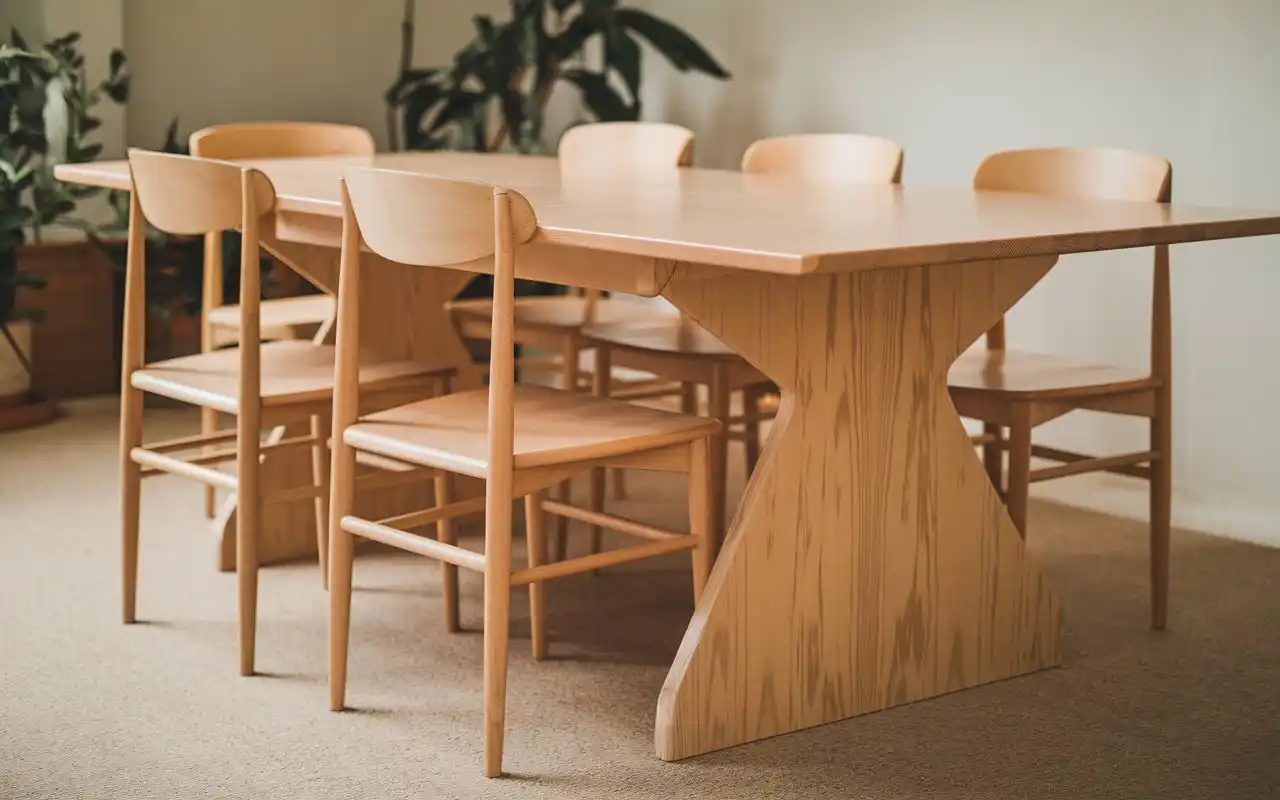
4. Cherry: Warm and Inviting
Cherry wood is beloved for its warm tones and smooth grain patterns, making it a favorite for dining tables. Initially, cherry starts as a light, pinkish-brown hue, but over time, it darkens to a rich reddish-brown, adding depth and character to your dining space. Its ability to develop this patina is one of its most attractive qualities, as it grows more beautiful with age. While it is softer than some other hardwoods like oak or maple, cherry is still durable and resilient enough to handle daily use. Its refined, elegant appearance makes it ideal for formal dining rooms, though it can also add warmth to more casual settings.
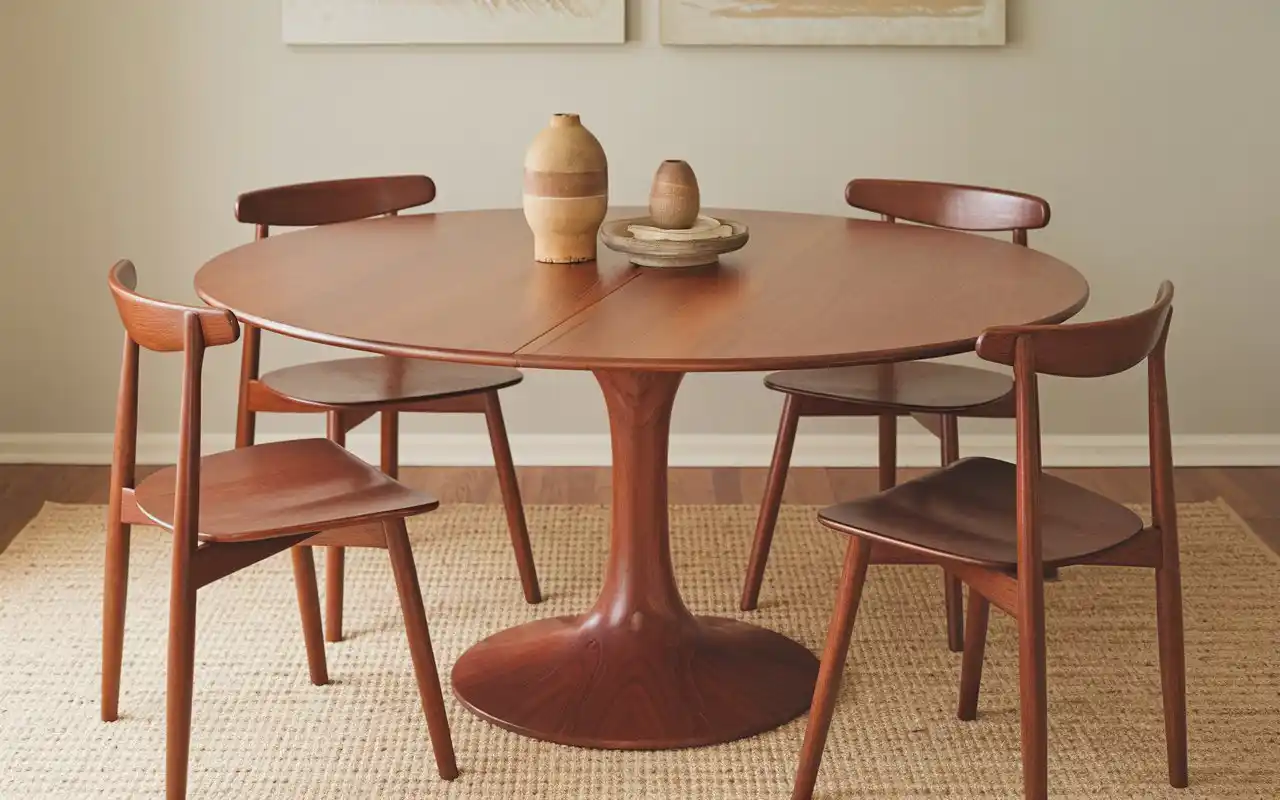
5. Mahogany: Luxurious and Timeless
Mahogany is synonymous with luxury and sophistication, often regarded as one of the best choices for those looking to make a statement with their dining table. This hardwood is known for its deep, reddish-brown color and fine, straight grain, which gives it a sleek and polished appearance. Mahogany is not only beautiful but also highly durable, capable of withstanding the wear and tear of daily dining activities. Its natural resistance to rot and pests makes it a long-lasting choice, ensuring that your dining table remains in excellent condition for years. However, mahogany is one of the more expensive wood options, but for those seeking elegance and longevity, it’s a worthy investment.

6. Pine: Rustic and Affordable
Pine is a softwood that stands out for its affordability and charming, rustic appeal. While it may not be as durable as hardwoods like oak or walnut, pine is still a popular choice for dining tables, especially in homes with a farmhouse or rustic aesthetic. The wood’s light color, coupled with its natural knots and imperfections, gives pine tables a unique character that can’t be replicated by other woods. Pine is also easy to work with, making it ideal for custom-built tables. However, because it’s a softer wood, pine is more prone to scratches and dents, which can add to its rustic charm but may not appeal to everyone.
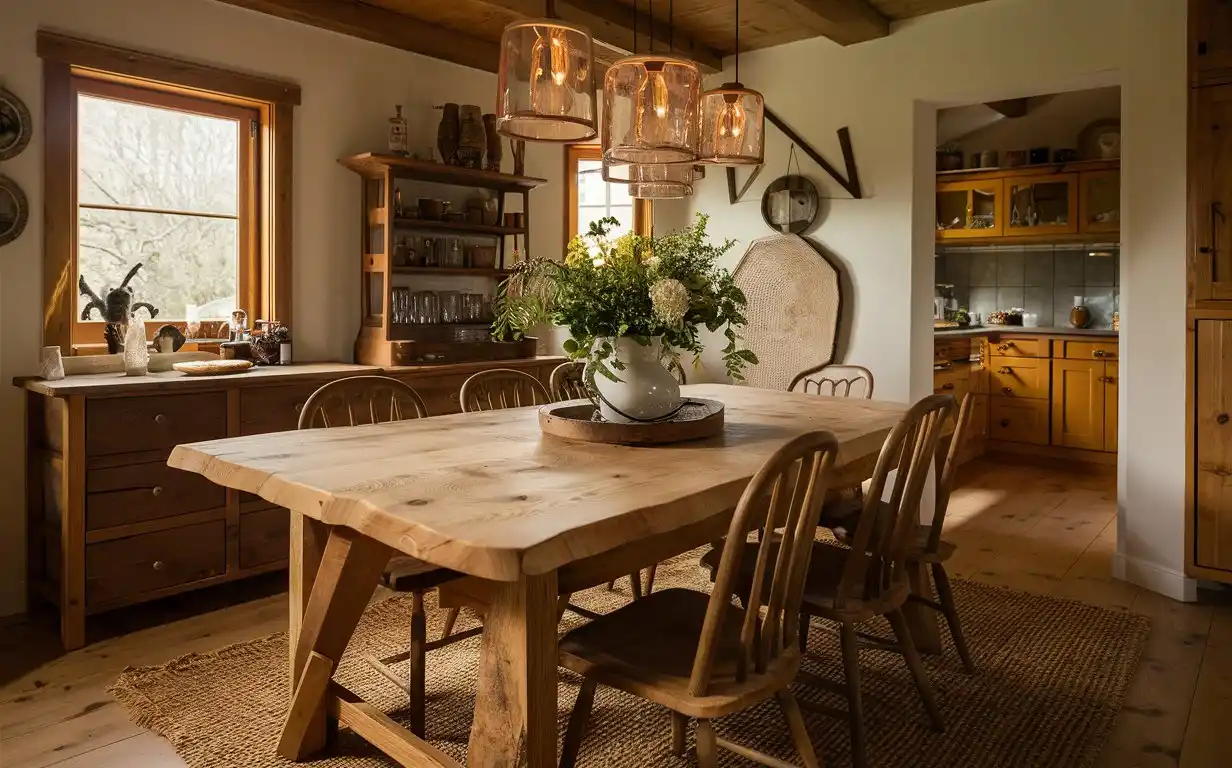
7. Teak: Weather-Resistant and Durable
Teak is a highly sought-after hardwood known for its incredible durability and natural resistance to weather, moisture, and pests. This makes it an ideal choice not only for outdoor furniture but also for dining tables that see heavy use. Teak’s natural oils give it a smooth texture and rich, golden-brown hue that deepens with age. While it is often more expensive than other woods, teak’s longevity justifies the cost. A teak dining table can last for decades, and its ability to withstand water damage means it’s a great option for households where spills are common. Its luxurious appearance and durability make it a favorite among homeowners who want a beautiful, long-lasting dining table.
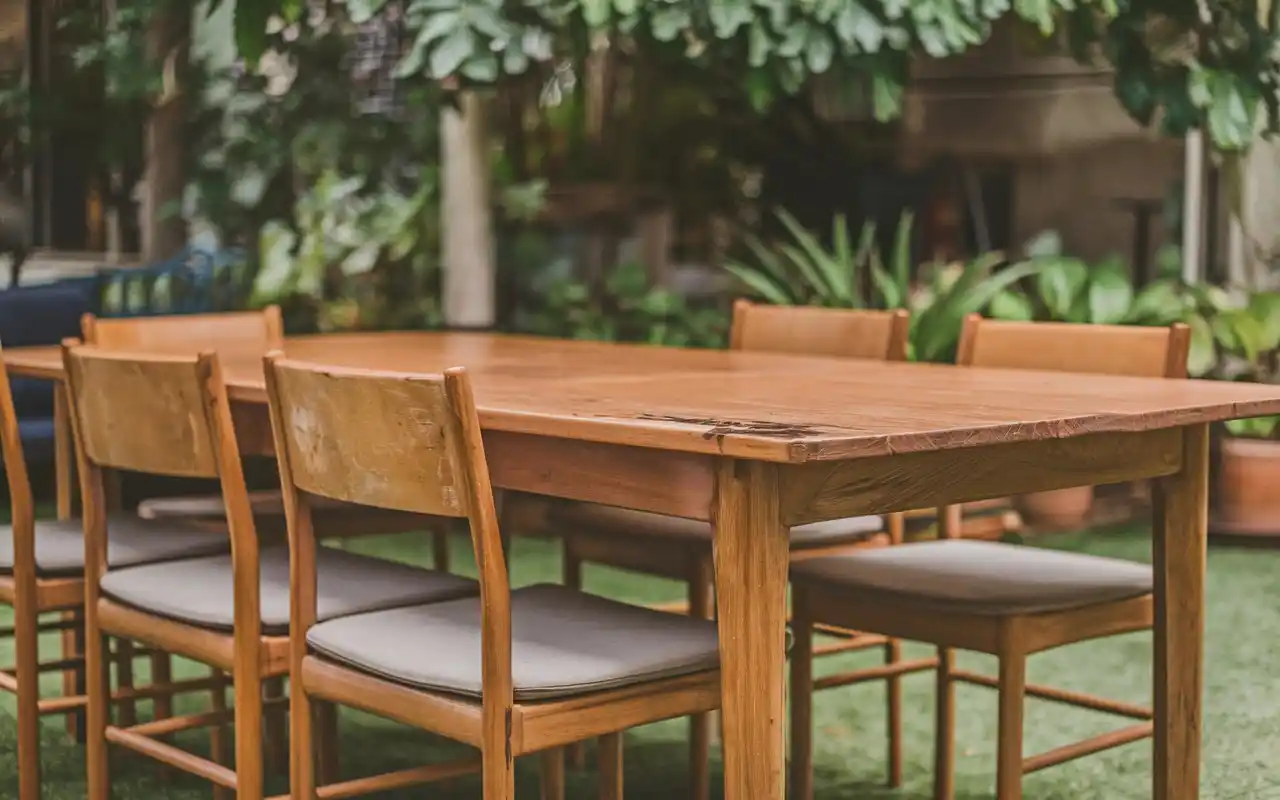
8. Ash: Light and Smooth
Ash is another hardwood that is highly regarded for its strength and flexibility. Its light color and fine, straight grain give it a smooth, clean appearance that works well in contemporary and minimalist settings. Ash is similar in durability to oak but offers a lighter tone, making it a great choice for those looking to brighten up their dining space. It’s also relatively easy to work with, allowing for intricate designs and finishes. Ash is more affordable than some of the other hardwoods on this list, providing a durable, attractive option for families who need a resilient yet stylish dining table.

9. Birch: Affordable and Attractive
Birch is an affordable hardwood that offers excellent durability and an attractive appearance. Its pale, creamy color and subtle grain patterns make it a versatile option for dining tables, blending well with various design styles. Birch is a great alternative to more expensive woods like oak or maple, offering similar strength at a lower cost. However, birch can be prone to warping if not properly cared for, so it’s important to keep your dining table in a stable environment. With the right finish and care, birch can be a long-lasting and visually appealing choice for those on a budget.
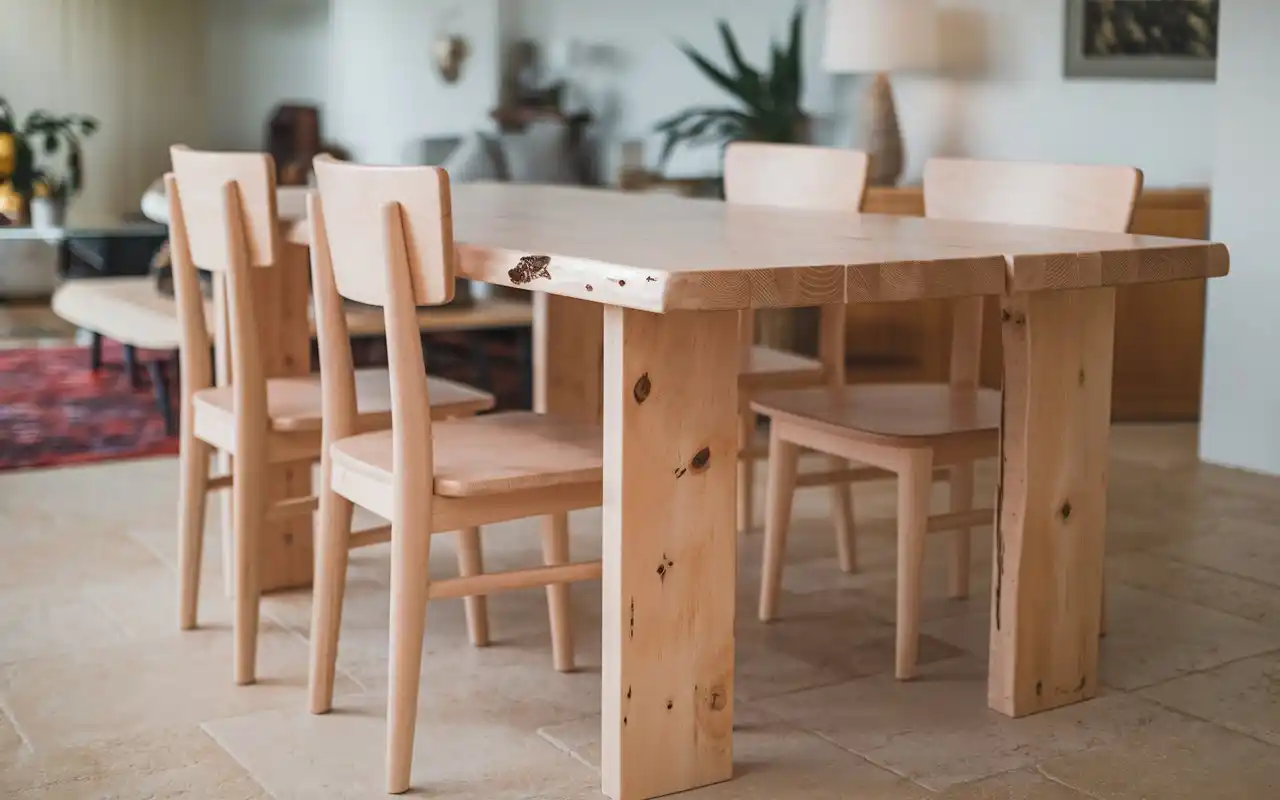
10. Acacia: Exotic and Sustainable
Acacia wood has gained popularity in recent years due to its exotic appearance and sustainability. This dense hardwood is known for its rich, dark brown color with unique grain patterns, making each dining table a one-of-a-kind piece. Acacia is naturally resistant to water and pests, ensuring long-term durability, even with frequent use. Its rapid growth and sustainable harvesting make it an environmentally friendly option, ideal for eco-conscious homeowners. Acacia’s unique aesthetic and toughness make it one of the best wood for dining tables, especially for those looking to add a touch of the exotic to their dining room.
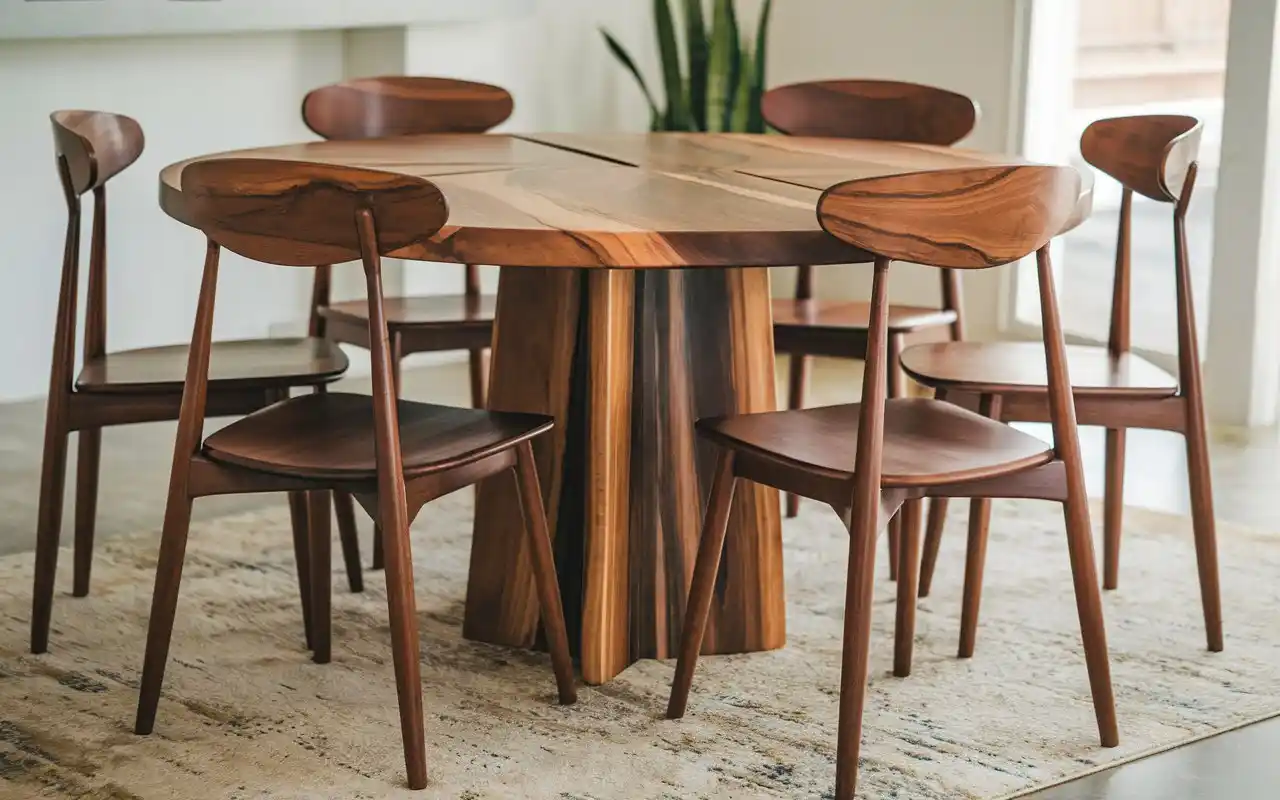
Factors to Consider When Choosing Wood
When choosing the best wood for dining table, it’s essential to consider both practical and aesthetic factors. Durability is a top concern, especially for families or those who entertain frequently. Hardwoods like oak, maple, and walnut are incredibly strong and can withstand years of daily use. Aesthetic appeal is also crucial; the wood’s grain, color, and texture should complement the design of your dining room. Some woods, like cherry and walnut, darken over time, developing a rich patina that adds to their charm. Finally, maintenance plays a significant role—some woods, like pine and teak, are easier to care for, while others may require more frequent upkeep to maintain their beauty.
Wood Finish Options for Dining Tables
The finish on your dining table can significantly impact both its appearance and durability. Popular finishes include oil, polyurethane, and lacquer. An oil finish penetrates the wood, highlighting its natural beauty, but requires regular maintenance. Polyurethane forms a protective layer over the surface, providing excellent resistance to scratches and water damage—ideal for busy households.
Lacquer gives a high-gloss finish, perfect for modern dining rooms, but it’s more prone to chipping. Your choice of finish should align with both the look you want to achieve and the amount of maintenance you’re willing to commit to. For households with children or frequent dinner guests, a durable finish like polyurethane might be the best option. If you prefer a more natural look that enhances the wood’s grain, an oil finish will bring out the table’s beauty, though it will require regular reapplication.
Pros and Cons of Different Wood Types
Each type of wood has its advantages and drawbacks, making it essential to weigh the pros and cons when selecting the best wood for dining table.
- Oak: Oak is strong, durable, and highly resistant to wear and tear, making it ideal for families. However, its heaviness may be a downside for those who frequently move furniture.
- Walnut: Walnut’s rich color and sleek grain make it visually stunning, but it’s more expensive than other woods and may be softer than some hardwoods.
- Maple: Maple offers incredible durability at a more affordable price point, but its lighter color might not appeal to those seeking a richer, darker wood tone.
- Cherry: Cherry’s ability to darken with age is a significant benefit, adding depth and warmth over time. However, its initial light color might be a deterrent for those looking for an already dark wood.
- Pine: Pine’s affordability and rustic charm make it a popular choice, but its softness means it’s more prone to dents and scratches, which may not be ideal for high-traffic areas.
- Teak: Teak is incredibly durable and water-resistant, making it perfect for both indoor and outdoor dining tables. However, its higher cost might be a limiting factor for some buyers.
Understanding these trade-offs will help you make an informed choice based on your needs, preferences, and budget.
Caring for Your Wooden Dining Table
Once you’ve selected the best wood for dining table, it’s crucial to care for it properly to maintain its beauty and functionality over time. Regular cleaning is key—use a soft, damp cloth to wipe down the surface, ensuring you remove dust, crumbs, and spills immediately to avoid staining. Avoid harsh chemicals when cleaning; they can strip the wood’s finish. For everyday maintenance, applying a wood polish or oil once or twice a year will help preserve the wood’s natural luster.
It’s also essential to protect your dining table from damage by using coasters, placemats, and trivets to prevent water rings and heat marks. Additionally, minimizing direct sunlight exposure will prevent the wood from fading or warping. If your table is near a window, consider using blinds or curtains to shield it from the sun. Lastly, avoid dragging heavy objects across the surface to prevent scratches or dents.
With proper care, your wooden dining table can last for generations, maintaining its beauty and functionality for years to come.
Conclusion
Choosing the best wood for dining table requires careful consideration of factors like durability, aesthetic appeal, and maintenance. Each type of wood offers unique benefits, from the strength and timeless appeal of oak to the rich, elegant look of walnut and the affordability of pine. Whether your style leans toward the modern, rustic, or traditional, there is a wood type that will suit your preferences and lifestyle.
A well-crafted wooden dining table is more than just furniture—it’s a place for gathering, celebrating, and creating lasting memories. By selecting the right wood, applying the appropriate finish, and committing to proper care, you can ensure that your dining table remains a cherished part of your home for years to come.

